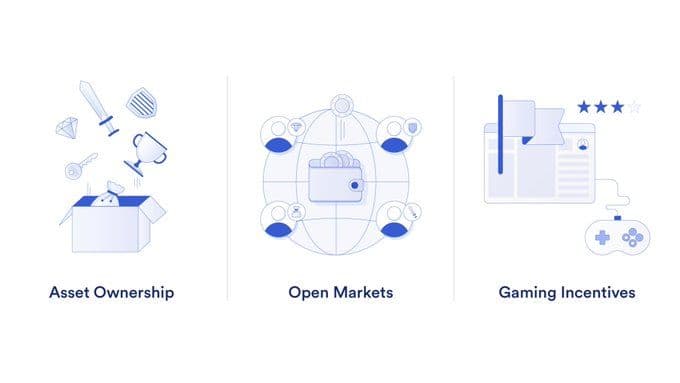The closures of five high-profile web3 games in one week—including Ember Sword, Tatsumeeko, Nyan Heroes, Blast Royale, and Rumble Kong League—has cast a long shadow over the blockchain gaming industry. These projects, once celebrated as the future of digital interaction, are now reminders of a deeper issue that extends beyond funding or player engagement. They highlight a central contradiction at the heart of web3 gaming: the illusion of ownership. While players were promised control over their assets, the reality is that when the game dies, the assets lose their value, their purpose, and often, their very meaning.

Exposing the Myth of Digital Ownership
The Ownership Illusion
The central claim of web3 gaming has always been that it gives players true ownership of digital assets. Items, characters, and currencies—secured on-chain through NFTs and tokens—were marketed as player-controlled, permanent, and portable. But the moment the hosting game shuts down, that claim loses ground. Players are left with tokens pointing to broken links, metadata, or files stored off-chain. Their NFT sword, mount, or avatar may still exist in a technical sense, but it no longer serves a function. It cannot be used, experienced, or meaningfully traded.
In that way, web3 games begin to look less revolutionary and more like a variation of existing centralized platforms, just with a blockchain wrapper. The infrastructure still relies heavily on the team behind the game to operate servers, maintain ecosystems, and support the game logic that gives NFTs their utility. Without that layer, the promise of ownership dissolves.

Exposing the Myth of Digital Ownership
Centralization Behind the Scenes
Proponents of web3 often contrast their vision with platforms like Valve’s Steam, which is seen as a gatekeeper with the power to revoke access. Indeed, Valve has previously banned user accounts for violations of its terms of service, which effectively erases access to entire game libraries—assets that users paid for but do not own in any legal or functional sense.
However, web3 is not immune to similar centralized control. Development teams can—and frequently do—change metadata, shut down marketplaces, or even alter the rules that govern how an NFT functions. In many cases, metadata is hosted off-chain and is editable at any time. This means developers can change how an item looks, how it behaves, or whether it even appears in your wallet as originally purchased. Players have no real recourse. The control may not be held by a corporation like Valve, but it still rests with a centralized team, despite the rhetoric of decentralization.

Exposing the Myth of Digital Ownership
Game Death Means Asset Death
The core issue is that most digital assets in web3 gaming only hold value within the ecosystem they were designed for. Once a game shuts down, the utility of those NFTs typically ends with it. Despite promises of persistent ownership, players are left holding tokens that no longer serve a function, as the game world that gave them meaning no longer exists.
There have been rare instances where other web3 games have hinted at the possibility of adopting assets from defunct projects. For example, Legends of Elumia has teased potential integration of Nyan Heroes NFTs, suggesting an interest in engaging that community. While such gestures show some effort to extend asset life, they are exceptions rather than the norm and are typically informal, without guarantees.
Until web3 gaming establishes infrastructure for reliable cross-game support, the promise of true digital ownership remains limited. Without the game, the asset becomes little more than a static record on a blockchain—technically existing, but functionally obsolete.

Exposing the Myth of Digital Ownership
A Need for Honesty and Infrastructure
If web3 gaming is going to mature, it must first be honest about what it can and cannot deliver. Ownership without utility is not ownership in any meaningful sense. The industry must address whether it can realistically support cross-game assets, whether metadata can be made truly immutable, and whether player control can extend beyond what developers allow.
Blockchain can still play a meaningful role in gaming, particularly in areas like transparent economies or open development frameworks. But it must move beyond marketing slogans and start building systems that work even when a game ends. Otherwise, it offers nothing new—just a different path to the same dead end.
For now, players should be cautious. Because whether it’s Valve banning an account or a web3 game shutting down, control over digital assets remains in someone else's hands. And when those hands let go, so does the value of everything they were holding.



